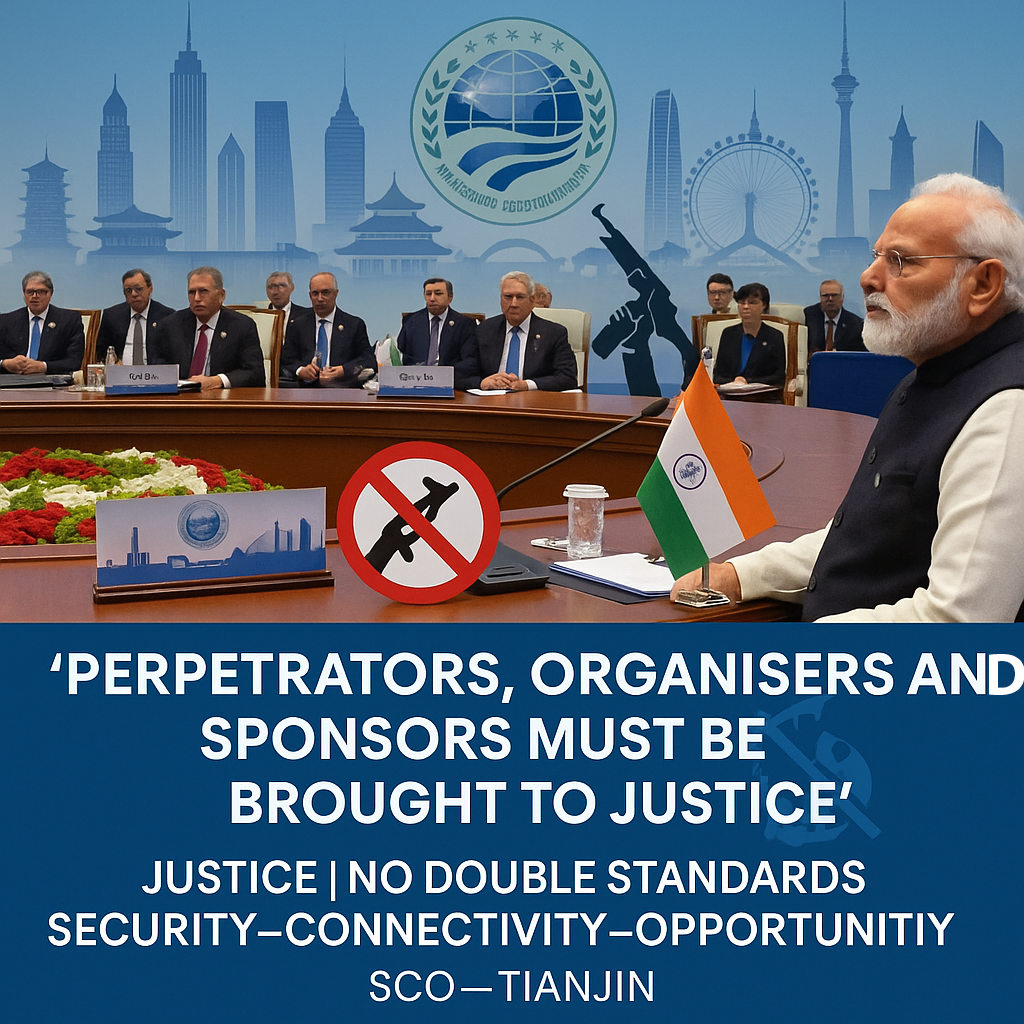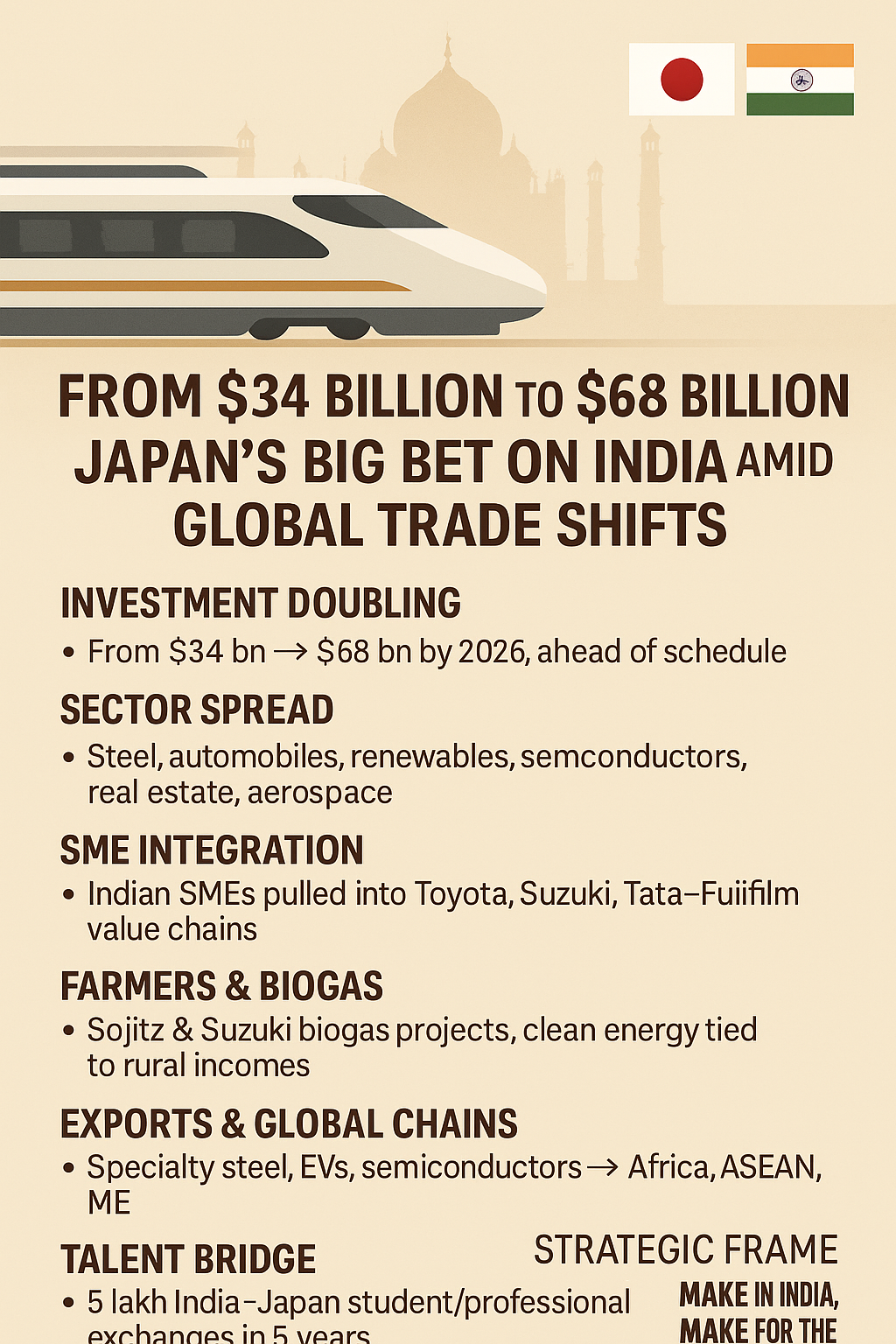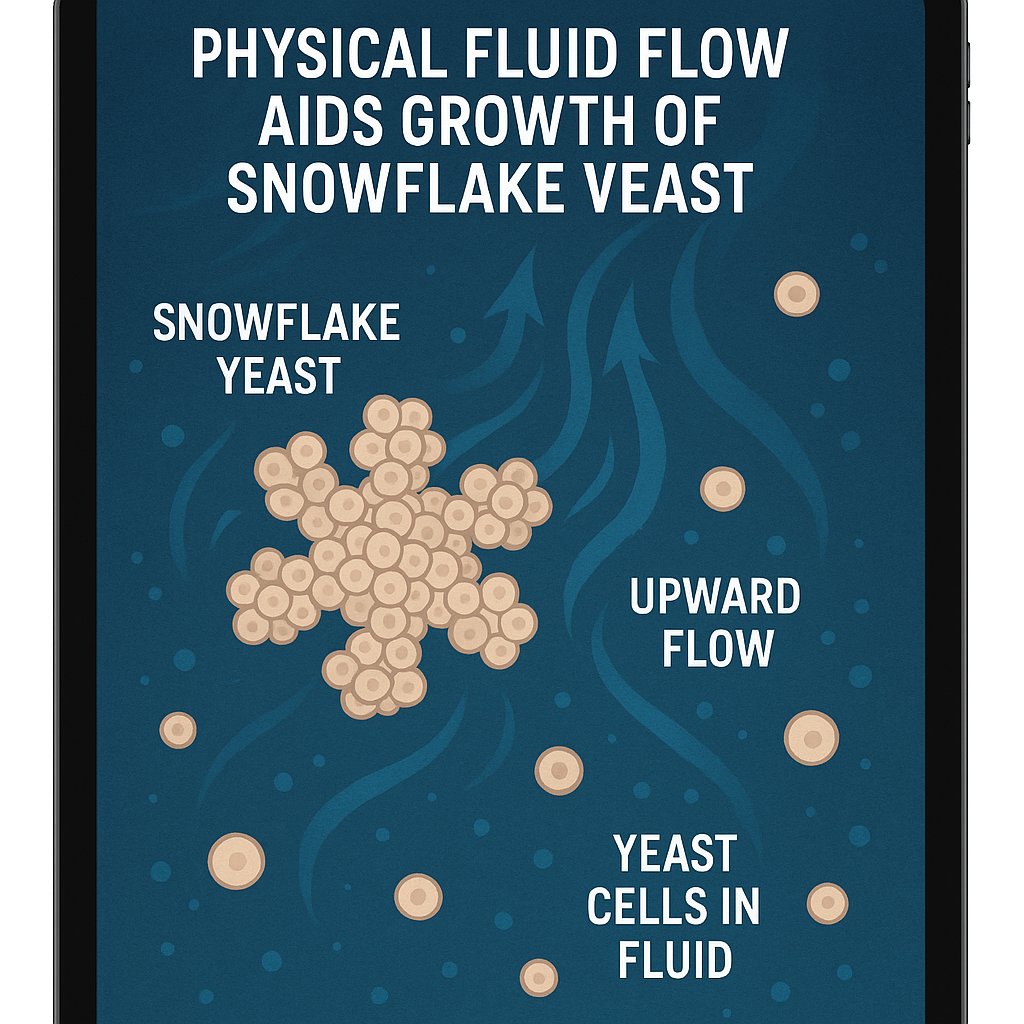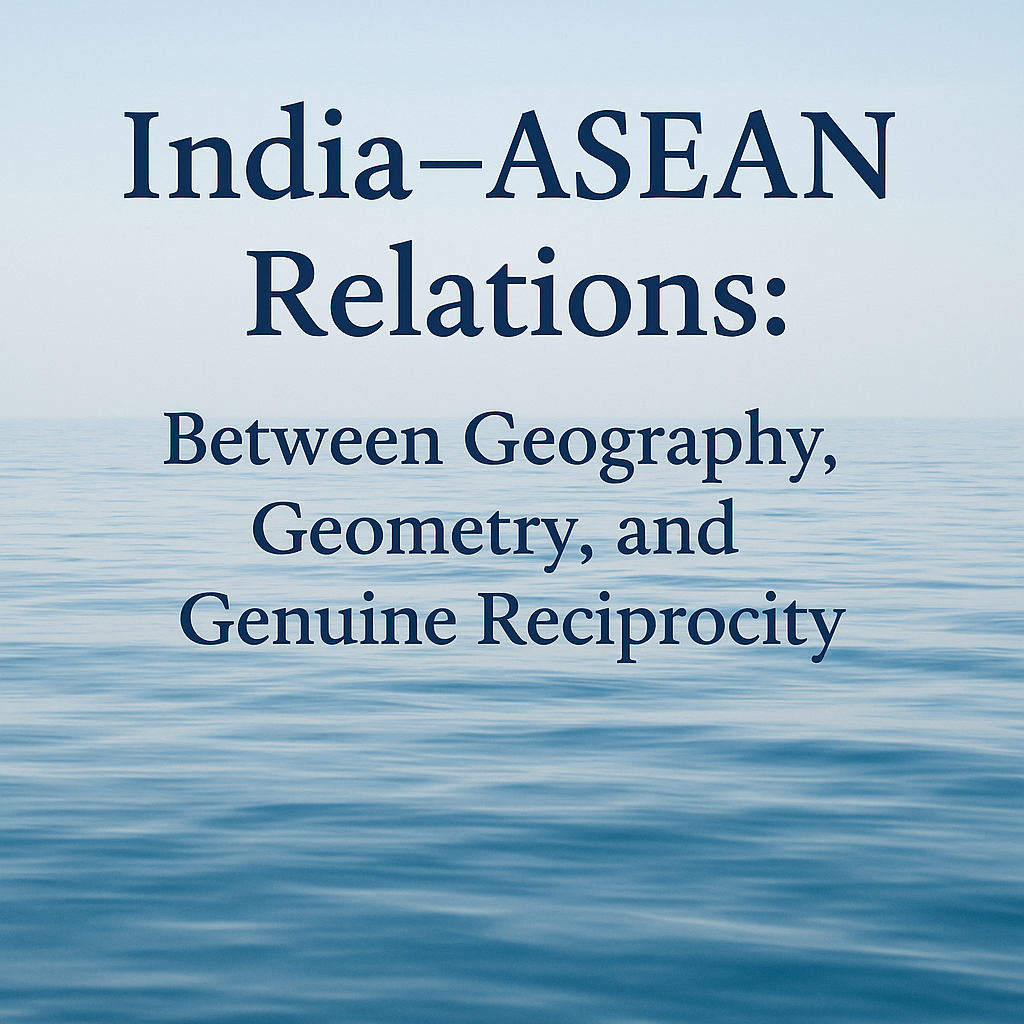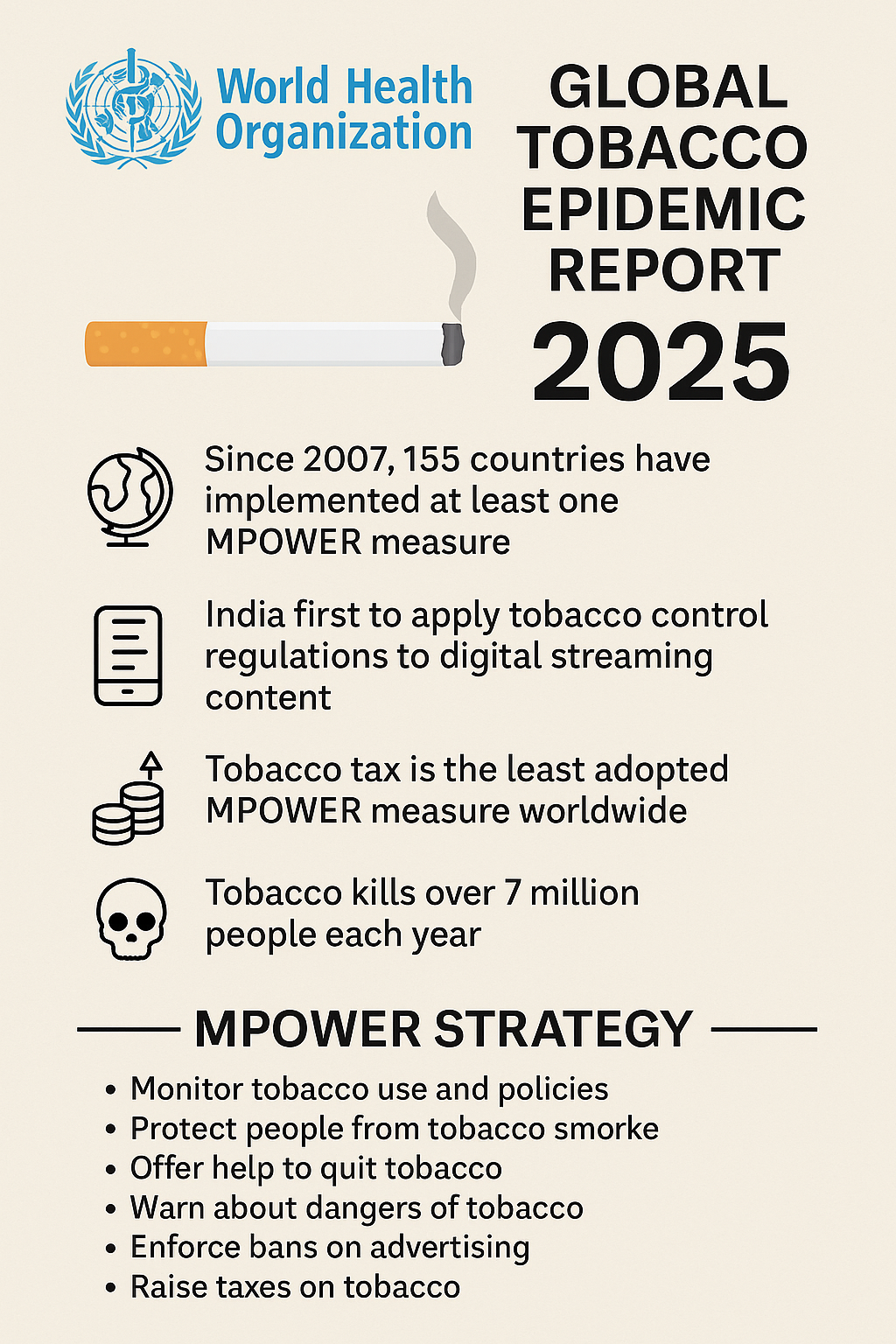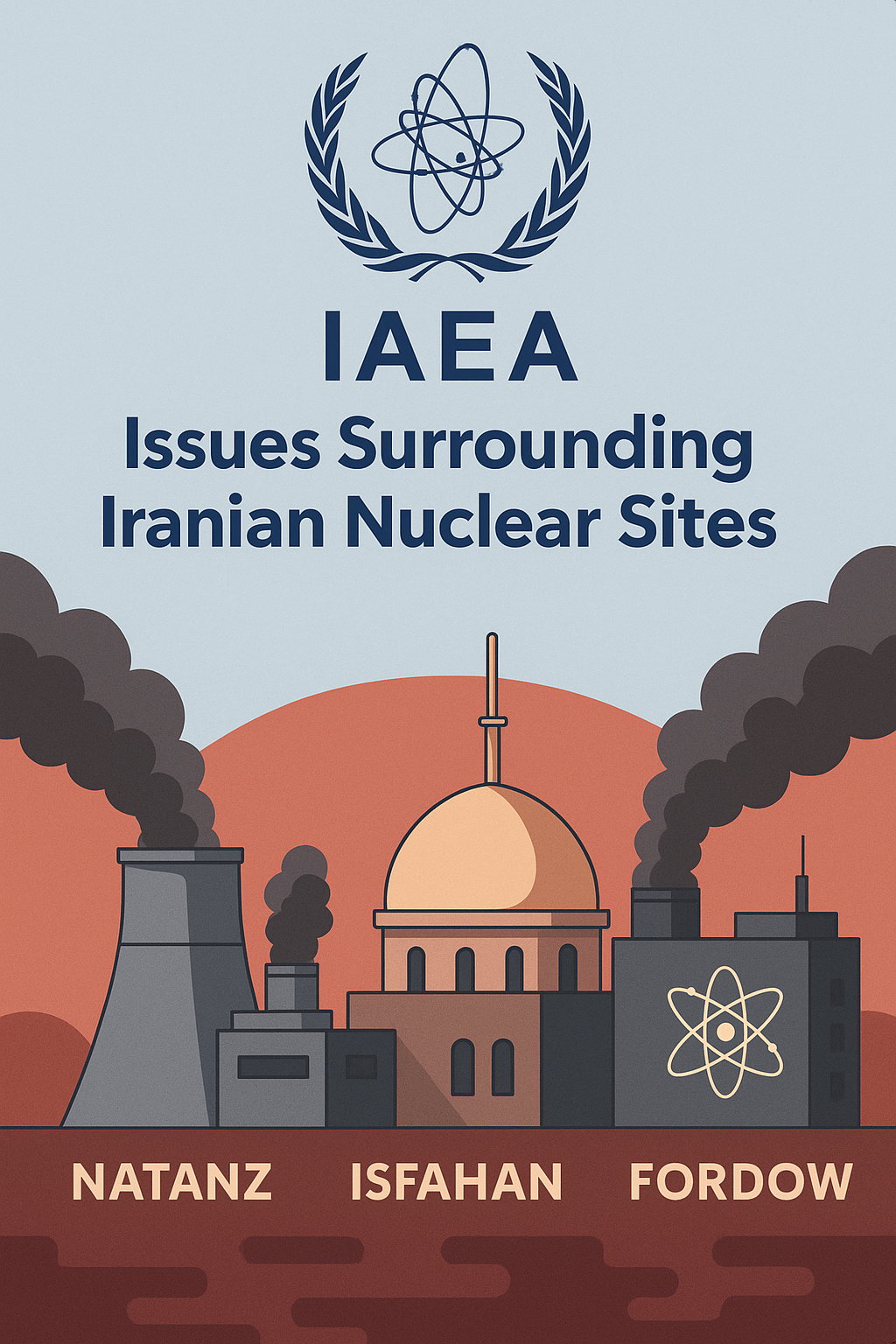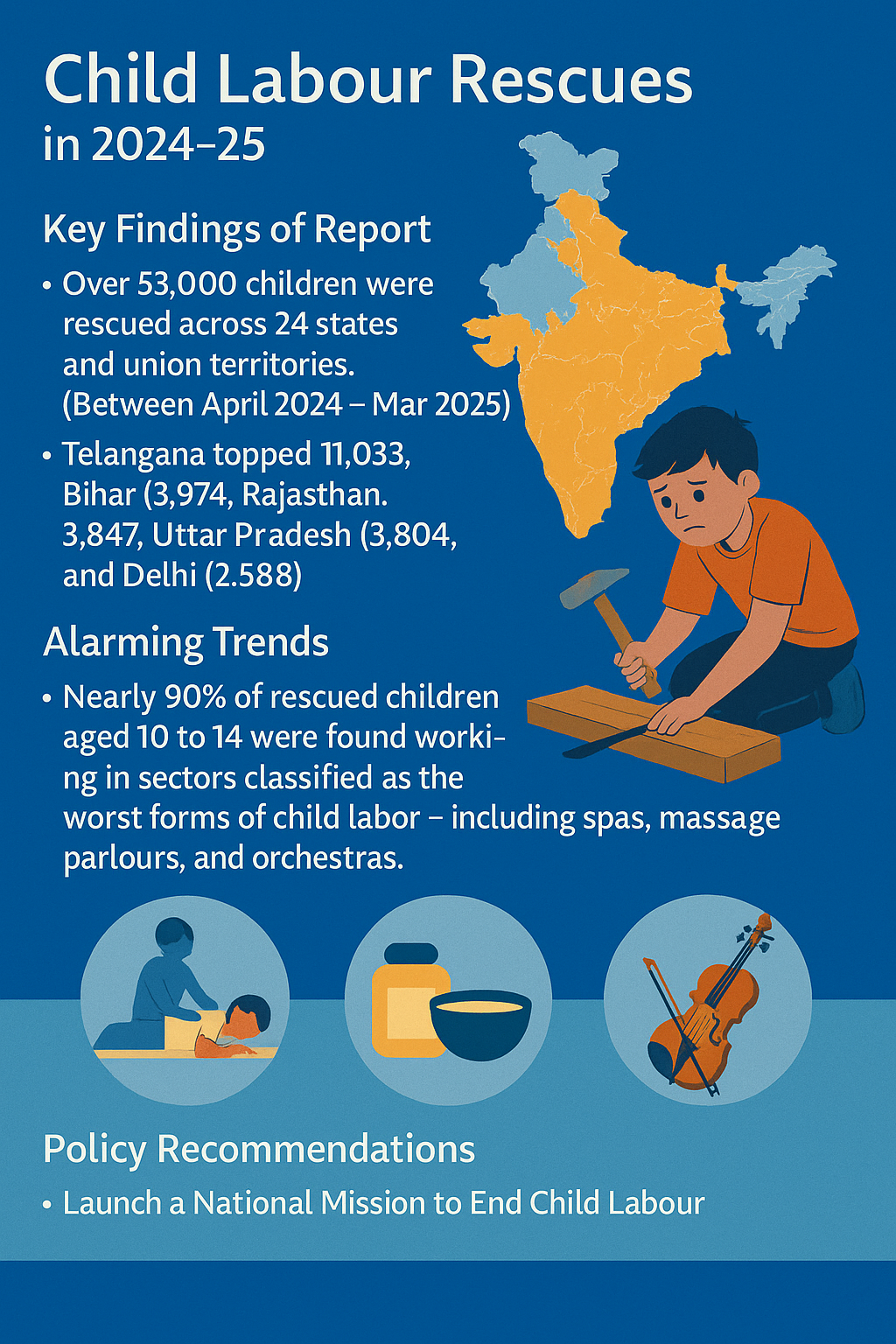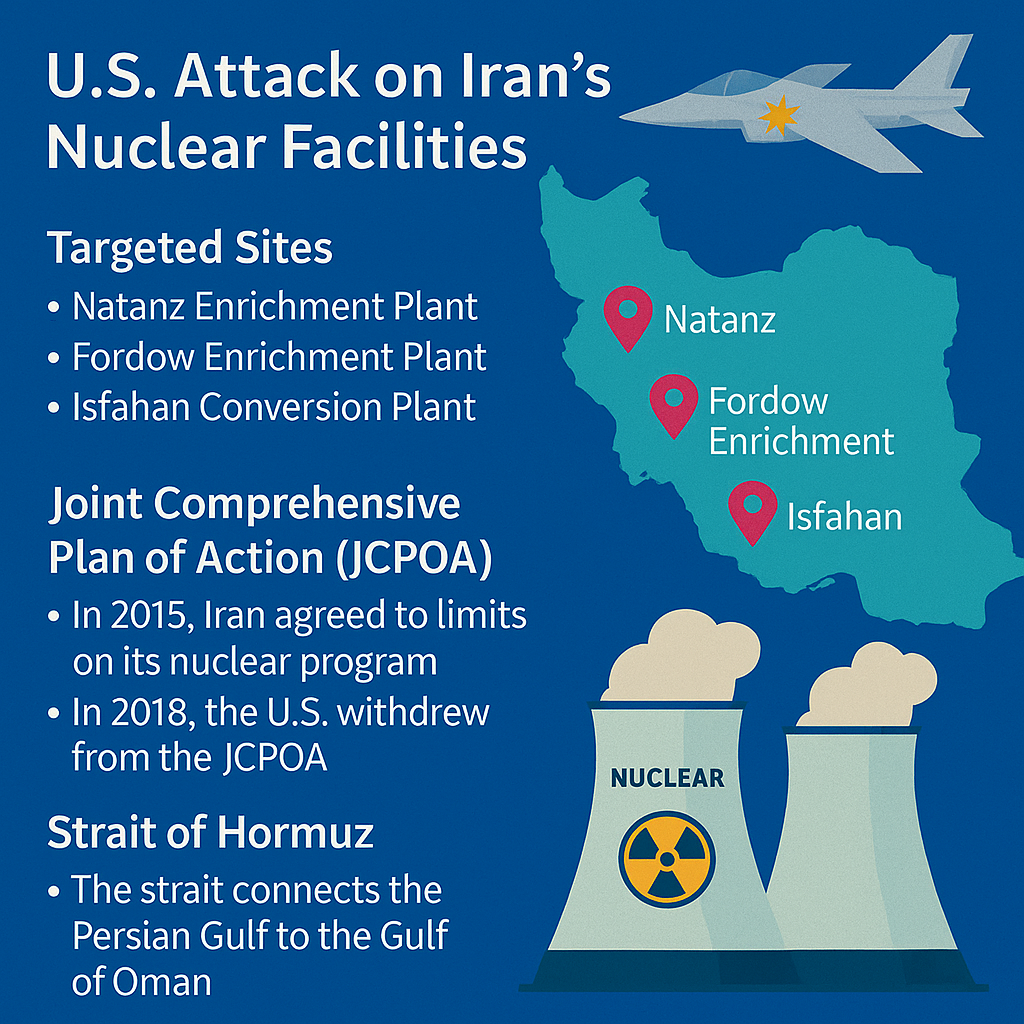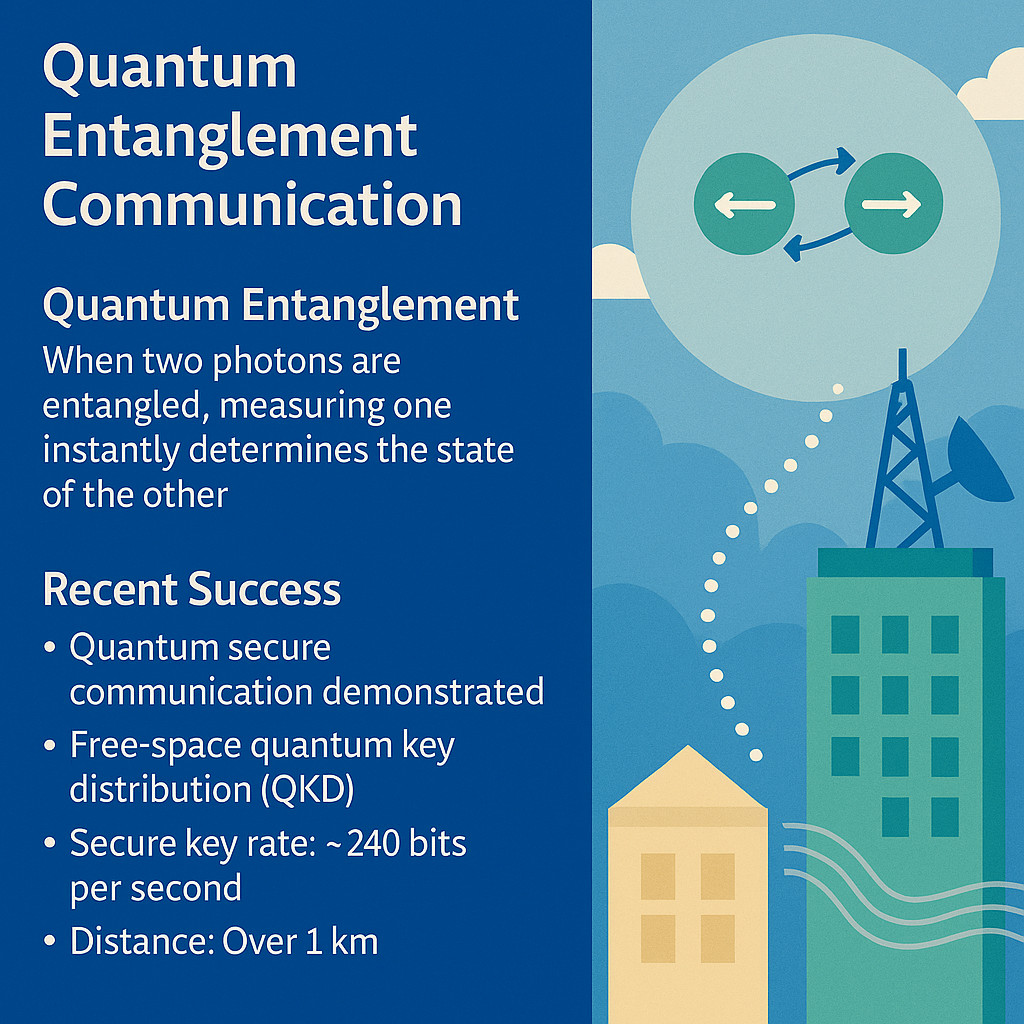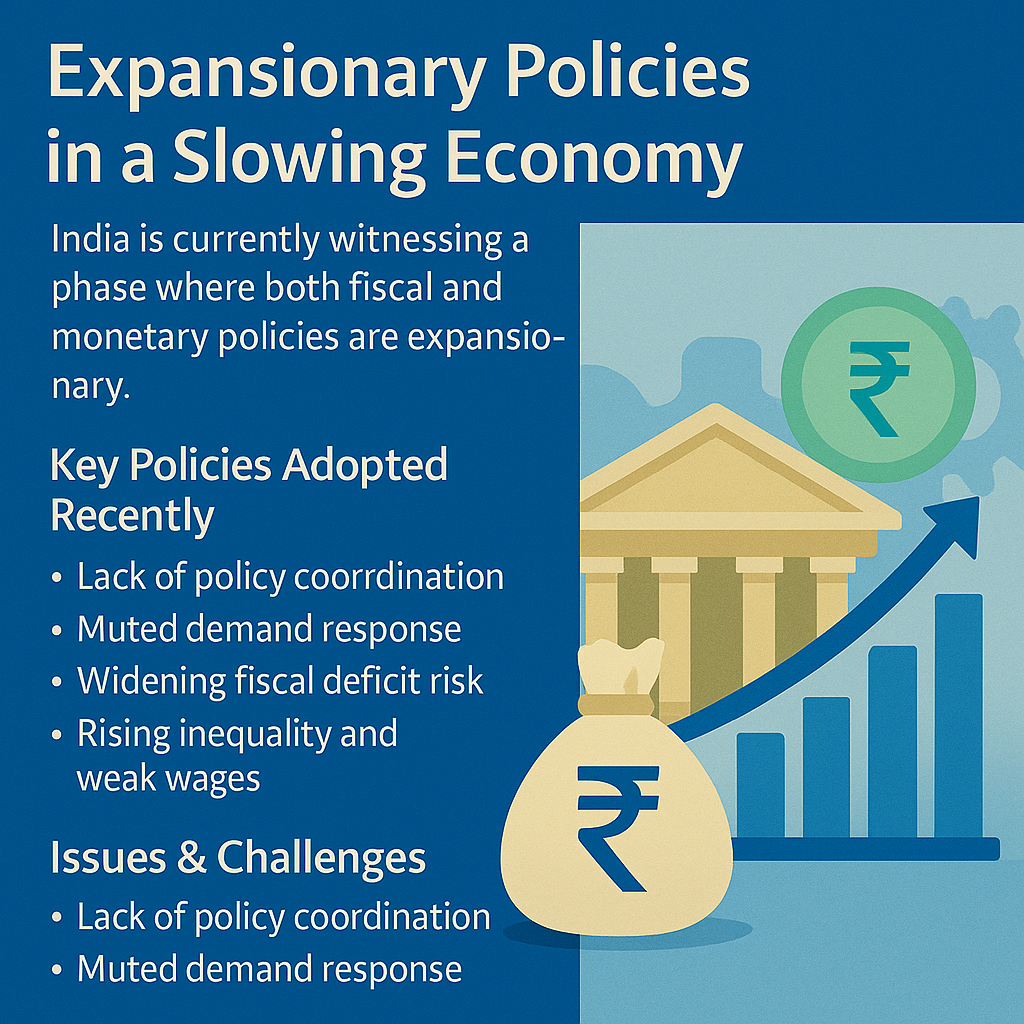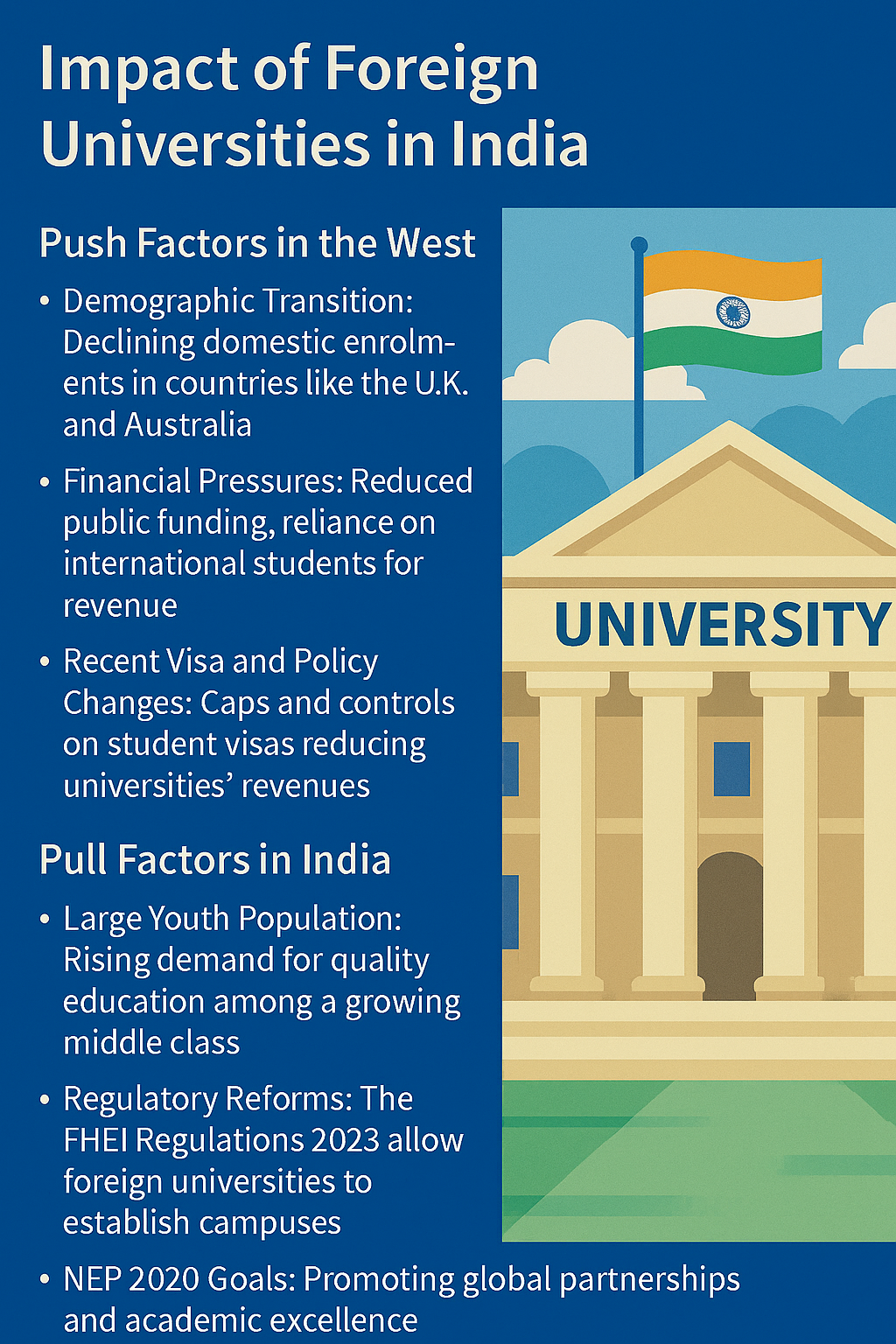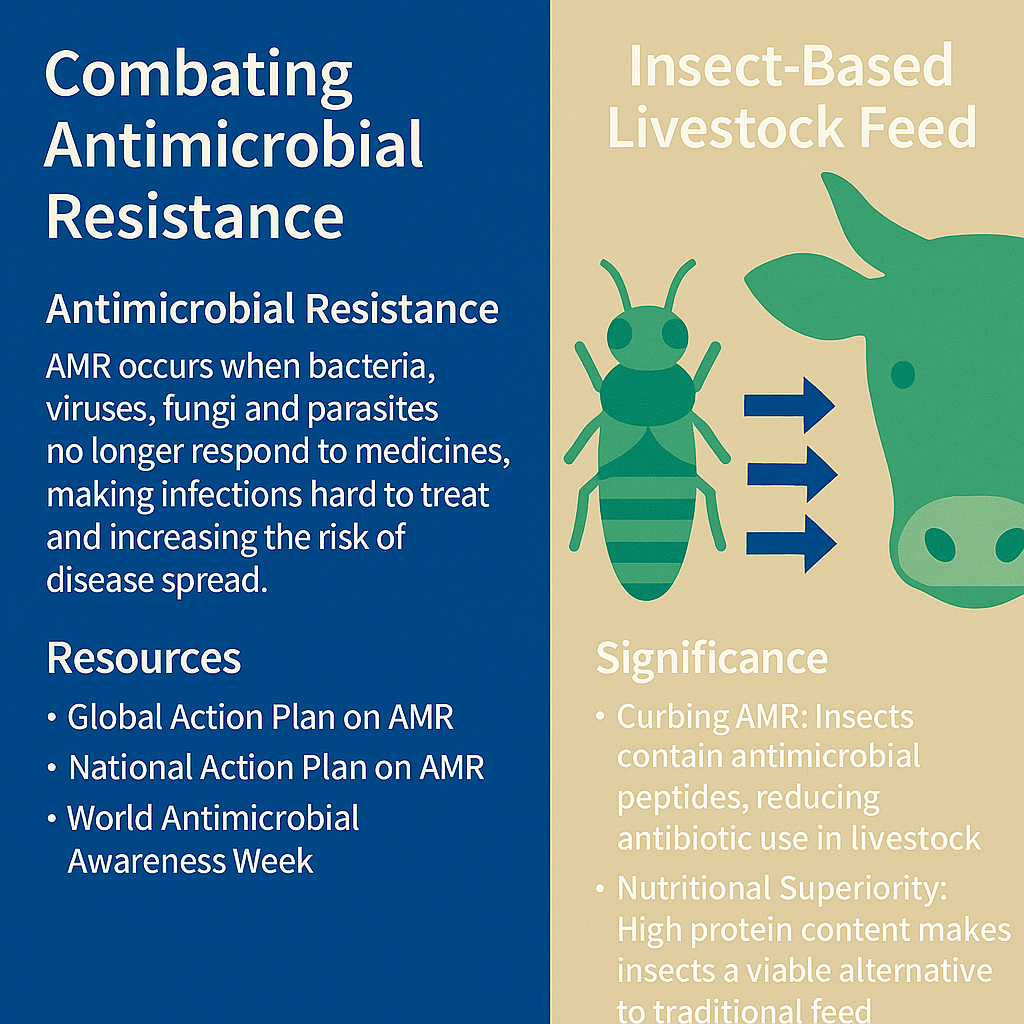
📅 May 9, 2025, Post 1: Fueling the Nation: Revised SHAKTI Policy and India’s Coal Resilience | Mains Essay / Target IAS-26 MCQs Attached: A complete Package, Dear Aspirants!
Fueling the Nation: Revised SHAKTI Policy and India’s Coal Resilience

NEWS DROP — PETAL 001
🗓️ Date: May 9, 2025
🔥 Thematic Focus: GS3 – Energy | Infrastructure | Economy | Environment
🌿 Intro Whisper:
In the heart of the earth lies black gold—still burning bright in India’s quest for power, policy, and progress.
🔍 Key Highlights:
- What’s in News:
The Cabinet Committee on Economic Affairs has approved the Revised SHAKTI Policy (2025) for transparent coal allocation to the power sector.
🏗️ What is the SHAKTI Policy?
- Full Form: Scheme for Harnessing and Allocating Koyala Transparently in India
- Launched: 2017 – replacing the opaque nomination-based system with auction/tariff-based bidding.
- 2025 Revision Goals:
➤ Greater flexibility
➤ Wider eligibility for power producers
➤ Improved access to coal
➤ More power generation, cheaper tariffs, and economic impact
⚒️ India’s Coal Sector Snapshot (2024–25)
- Production: Surpassed 1 billion tonnes, up 4.99% YoY
- Imports: Down 8.4%, saving foreign exchange
- Coal’s Role in Energy:
➤ 55% of national energy mix
➤ 74% of total power generation - Major Coal States:
➤ Jharkhand, Odisha, West Bengal, Chhattisgarh, Madhya Pradesh - Revenue & Logistics:
➤ ₹70,000+ crore to govt. (royalties, GST, levies)
➤ 49% of railway freight income from coal
➤ 239,000+ direct jobs in Coal India Ltd
⚠️ Challenges Facing the Coal Sector
- Environmental Degradation: Mining impacts air, water, and ecosystems
- Import Dependence: Especially for coking coal and high-GCV thermal coal
- Regulatory Delays: Slow environmental clearances and land acquisition
- Underutilized Capacity: Production below installed mining capacity
- Climate Pressure: India’s Net Zero by 2070 commitment vs coal dependence
- Low Private Participation: Coal India Ltd & SCCL still dominate the sector
⚙️ Government Reforms and Innovations
- Commercial Coal Mining (2020): No end-use restriction; open to private sector
- Single Window Portal (2021): For faster clearances & approvals
- Coal Block Auctions: For non-regulated sectors like cement, steel
- Coal Gasification Goal: 100 million tonnes by 2030
- Technology Use:
➤ Drones, GPS, e-portals, automated systems - Coal Logistics:
➤ Dedicated freight corridors, coal evacuation systems - Small Consumers:
➤ Access via e-auctions at market prices
📘 GS Paper Mapping:
- GS Paper 3: Energy | Industry | Infrastructure | Environment | Economy
- GS Paper 2: Governance and Policy Implementation
- Essay: “From Mines to Megawatts: India’s Coal Policy and the Future of Energy Security”
🌠 Closing Thought:
Between carbon and commitment lies a country’s challenge—to power its dreams without darkening its skies.
Target IAS-26: Daily MCQs :
📌 Prelims Practice MCQs
Topic:
MCQ 1: Type-1 — “How many of the above statements are correct?”
Consider the following statements regarding the SHAKTI policy and coal sector reforms:
1. The SHAKTI policy was originally launched in 2017 to replace the nomination-based coal allocation regime.
2. India’s total coal production exceeded 1 billion tonnes in FY 2024–25.
3. The revised SHAKTI policy introduces greater flexibility and eligibility for coal linkages.
4. Under the policy, only public sector undertakings are allowed to receive coal allocations.
How many of the above statements are correct?
A) Only two
B) Only three
C) All four
D) Only one
🌀 Didn’t get it? Click here (▸) for the Correct Answer & Explanation
✅ Correct Answer: B) Only three
🧠 Explanation:
1) Correct – The SHAKTI policy marked a major shift toward auction-based coal linkage in 2017.
2) Correct – Coal output crossed 1 billion tonnes in FY 2024–25.
3) Correct – The revision enhances flexibility, accessibility, and scope.
4) Incorrect – The policy allows private players as well, especially after reforms.
MCQ 2: Type-2 — Two-Statement Assertion
Consider the following statements:
1. Coal contributes over 70% of total electricity generation in India.
2. The revised SHAKTI policy aims to completely eliminate coal imports by 2026.
A) Only 1 is correct
B) Only 2 is correct
C) Both are correct
D) Neither is correct
🌀 Didn’t get it? Click here (▸) for the Correct Answer & Explanation
✅ Correct Answer: A) Only 1 is correct
🧠 Explanation:
1) Correct – Over 74% of India’s electricity is powered by coal.
2) Incorrect – The policy aims to reduce import dependency, not eliminate it entirely.
MCQ 3: Type-3 — “Which of the above statements is/are correct?”
Consider the following statements about India’s coal economy:
1. India is the world’s second-largest coal producer.
2. Coal accounts for 49% of Indian Railways’ total freight revenue.
3. The Single Window Clearance Portal was launched to fast-track approvals for coal mining.
4. India aims to gasify 50 million tonnes of coal by 2030.
Which of the above statements are correct?
A) 1, 2 and 3 only
B) 1 and 4 only
C) 2, 3 and 4 only
D) All four
🌀 Didn’t get it? Click here (▸) for the Correct Answer & Explanation
✅ Correct Answer: A) 1, 2 and 3 only
🧠 Explanation:
1) Correct – India ranks second in coal production globally.
2) Correct – Nearly half of freight earnings come from coal.
3) Correct – The portal simplifies project approvals and environmental clearances.
4) Incorrect – India’s coal gasification target is 100 million tonnes by 2030.
MCQ 4: Type-4 — Direct Factual Question
Which of the following states is not a major coal-producing state in India?
A) Odisha
B) Jharkhand
C) Rajasthan
D) Chhattisgarh
🌀 Didn’t get it? Click here (▸) for the Correct Answer & Explanation.
✅ Correct Answer: C) Rajasthan
🧠 Explanation:
C) Rajasthan is not a major coal-producing state. The key states are Jharkhand, Odisha, Chhattisgarh, West Bengal, and Madhya Pradesh.

